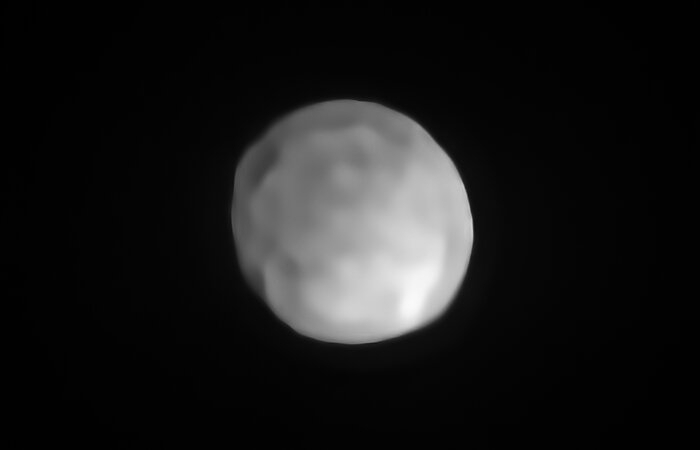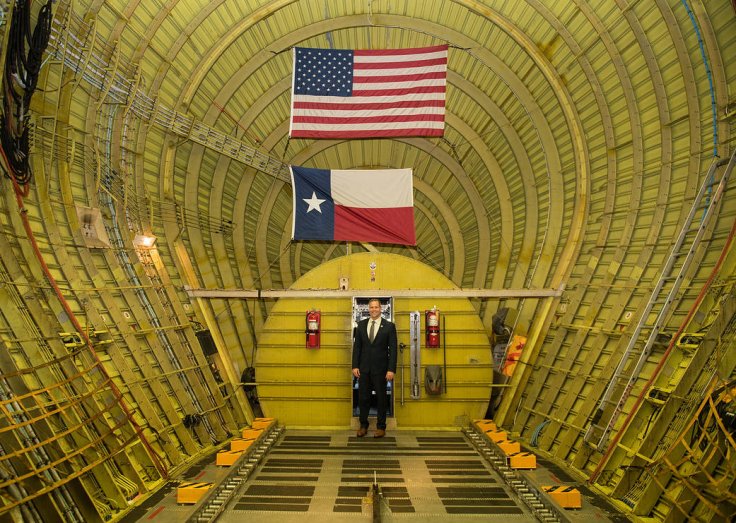
A team of astronomers, after analyzing the surface, shape, and size of Hygiea, a space body in the asteroid belt between Mars and Jupiter has confirmed that this rogue body could not be an asteroid, but could be most probably the smallest dwarf planet in the solar system.
The study report published in the journal Nature Astronomy revealed that Hygiea is spherical in shape, and it did not fulfill the characteristics of an asteroid. Scientists made this conclusion after analyzing Hygiea using European Southern Observatory's SPHERE instrument on the Very Large Telescope.
It should be noted that a celestial body will be considered a dwarf planet only if it orbits around the sun, and should not be a moon of other planets. Apart from these criteria, celestial bodies which are dwarf planets should not clear the neighborhood around its orbit as a planet does, and it should have been molded by its own gravity.
The research report also revealed that Hygiea has a diameter of 217 miles, while Pluto, another dwarf planet in the solar system has a diameter of 1491 miles.
"Thanks to the unique capability of the SPHERE instrument on the VLT, which is one of the most powerful imaging systems in the world, we could resolve Hygiea's shape, which turns out to be nearly spherical. Thanks to these images, Hygiea may be reclassified as a dwarf planet, so far the smallest in the Solar System," said Pierre Vernazza, a researcher at the Laboratoire d'Astrophysique de Marseille, France, in a recent statement.

A few days back, while speaking at the International Astronautical Congress in Washington, NASA chief Jim Bridenstine had suggested that Pluto should be promoted as a planet again. However, experts like Neil deGrasse Tyson believes that Pluto violates the basic characteristics of a planet, and as a result, it cannot be considered as the ninth planet in the solar system.









